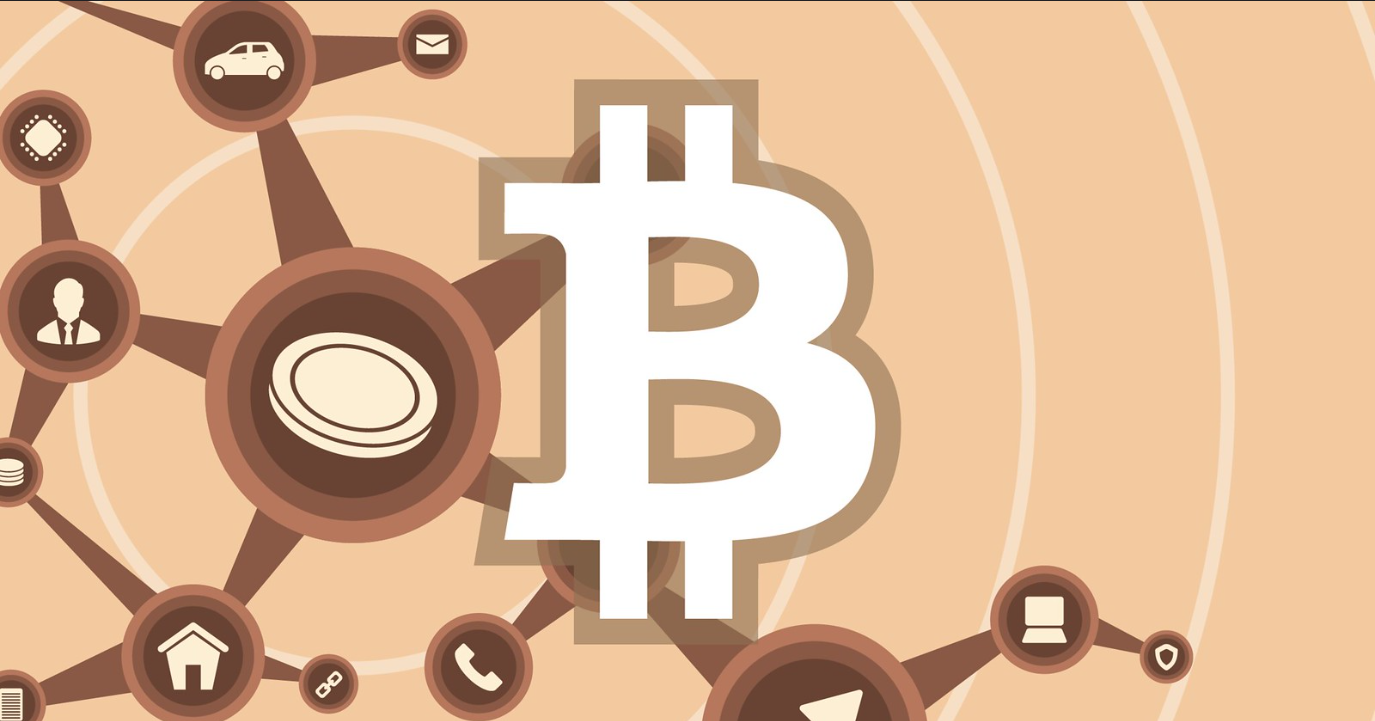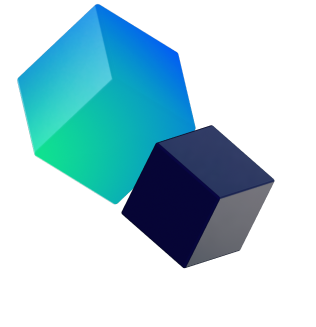
Web3 seeks to gain traction in a world that is becoming increasingly reliant on digital technologies. As the hype around Web3 continues to grow, it’s becoming ever more important for digital marketers to cut through the noise and separate fact from fiction. The key to success in this rapidly evolving landscape is to remain vigilant, keeping a close eye on the latest trends and developments, while also being mindful of the potential pitfalls and challenges that come with any new technology. By staying focused on what’s truly important and avoiding distractions, digital marketers can help their organizations to capitalize on the full potential of Web3, paving the way for a more connected, efficient, and prosperous future.
Web3’s Core Technologies
NFTs, crypto, and blockchain are three core technologies that work together to underpin Web3, the next generation of the internet. NFTs, or non-fungible tokens, are unique digital assets that are stored on a blockchain, which is a decentralized, transparent, and immutable ledger. Crypto, or cryptocurrency, is the digital currency used to purchase and trade NFTs, and is also stored on a blockchain. Together, these technologies enable a new level of digital ownership and transfer of assets, as well as the ability to create decentralized applications and marketplaces that operate outside the control of centralized authorities. By providing a more secure, transparent, and democratic approach to digital commerce and exchange, NFTs, crypto, and blockchain are poised to revolutionize industries ranging from art and music to real estate and finance.
NFTs and Crypto: The Building Blocks of WEB3 Technology
NFTs and crypto are two sides of the same coin when it comes to understanding Web3 technology. While both can be difficult to comprehend in isolation, when viewed together, they form the foundation of a new era of digital commerce and exchange. NFTs, like rare collectibles, enable the tracking of unique digital assets on the blockchain, such as digital art or in-game items. On the other hand, cryptocurrencies provide a secure means of payment and transaction on the blockchain, much like a digital wallet filled with virtual cash. By combining these two technologies, Web3 is able to operate smoothly and securely, with NFTs and crypto acting as puzzle pieces that fit perfectly together. The result is a more transparent, democratic, and decentralized approach to digital exchange, where users can trade, buy, and sell goods, services, and other digital assets using cryptocurrency to purchase NFTs.

Copyright Attributed to BeatingBetting.co.uk
Transforming Customer Loyalty with NFTs and Blockchain Rewards
The aim of Web3 technology is to create customer engagement that leads to increased brand loyalty, with the provision of unique rewards that cannot be replicated, such as those provided by NFTs and the blockchain. These exclusive rewards encourage customers to engage with brands, promoting a sense of loyalty that is reinforced by the ownership benefit provided by NFTs. This is a significant evolution from traditional loyalty points, providing a greater sense of security and trust. Through the use of blockchain technology to track and reward customer engagement, businesses can establish a deeper connection with customers, ultimately leading to increased loyalty and long-term customer relationships. The potential of Web3 to transform customer engagement and loyalty is significant, offering a new frontier in personalized and rewarding customer interactions.
Brands Experiment with Web3 Solutions to Offer Unique Experiences
Several brands have begun experimenting with Web3 solutions, with varying degrees of success, according to reports. Some of these examples include The Gap, which used the Tezos blockchain platform to create its own NFT program, offering limited edition hoodies to NFT owners. Similarly, Gucci launched its “Gucci Garden” on the Roblox platform, which attracted an impressive 20 million players in just two weeks. Gucci Town, the permanent follow-up to the temporary launch, saw the brand sell NFT accessories for over $4,000 each, exceeding the price of the physical versions. The Art Basel Miami art show in December showcased a number of brands using Web3 technology in a variety of ways, such as offering NFTs as rewards for attendance or membership, or using token-gated entrances to provide exclusive access to events for NFT collectors. These examples demonstrate the potential of Web3 to offer unique and engaging experiences for customers, highlighting the opportunities for brands to harness this new technology to increase customer engagement and loyalty.
Overcoming Challenges for Future of NFT & Crypto
Despite the recent turmoil of the “Crypto Winter”, Web3 is an encouraging development for the future of NFT and crypto. The overvalued market, lack of regulation, and rampant speculation led to the market’s instability and the crashes of major coins and exchanges. If Web3 is to gain widespread public acceptance, a few key factors must be addressed, including better understanding and usability of these technologies, and improved security and authenticity of transactions and NFT purchases. To move from the current Early Adopters stage to the Early and Late Majority stages, there must be stronger utility and regulation, as well as embedding crypto and NFTs in everyday use cases to drive perceived benefits. While there are still challenges to overcome, the potential for Web3 to drive innovation and change is significant.
